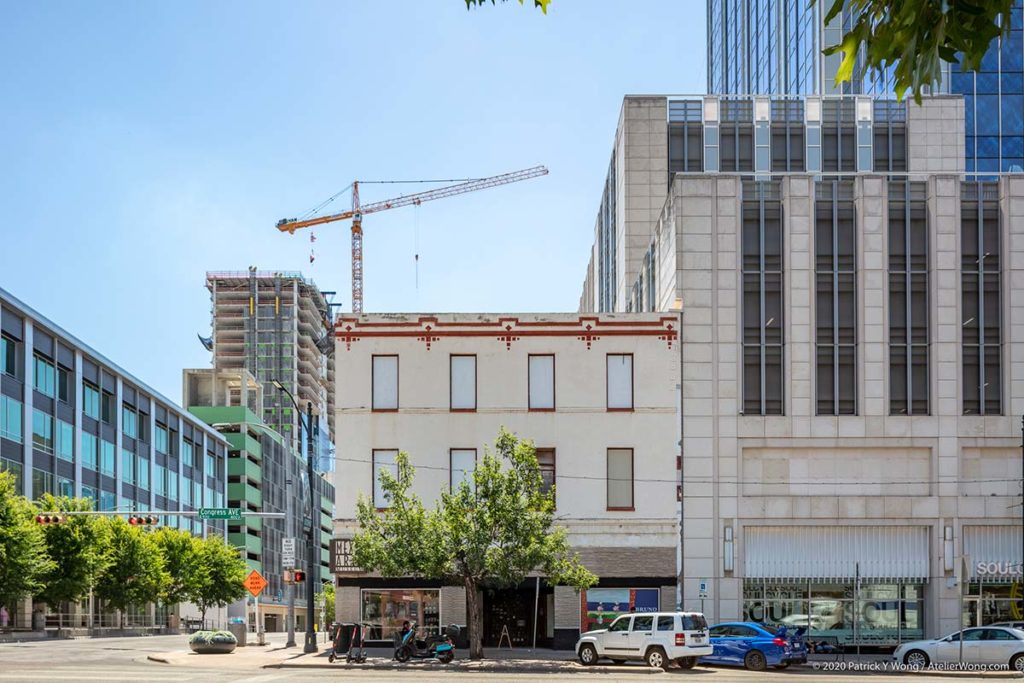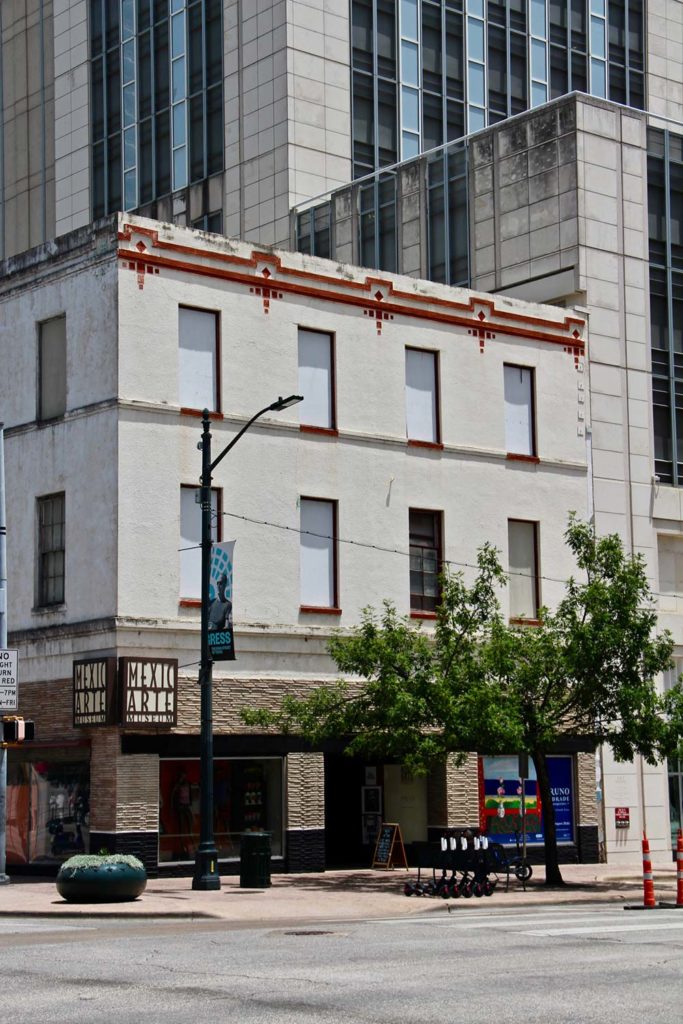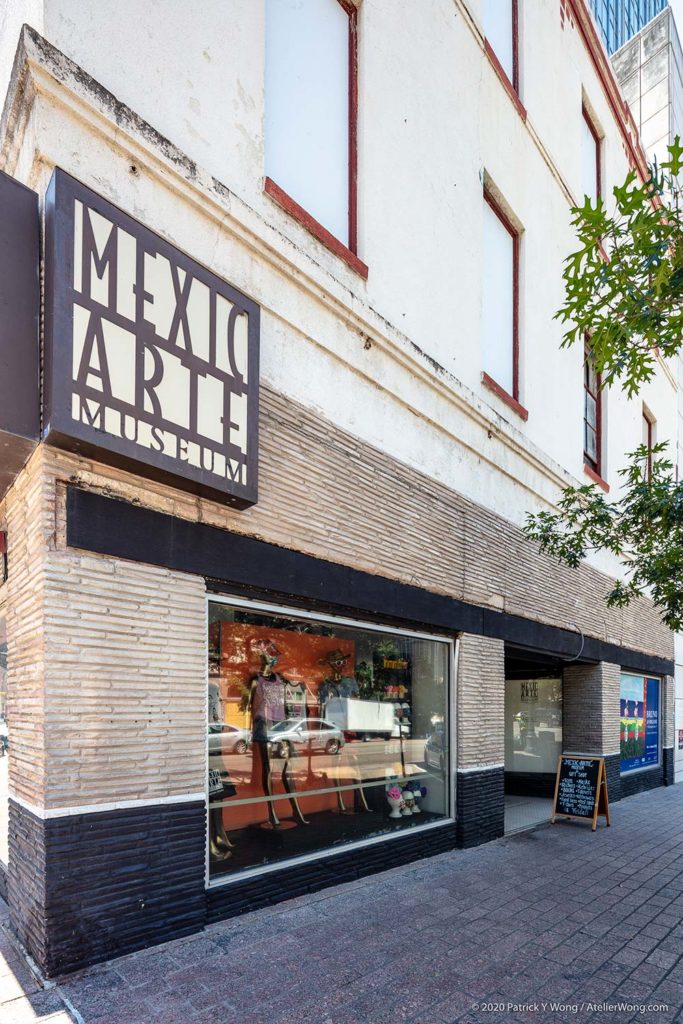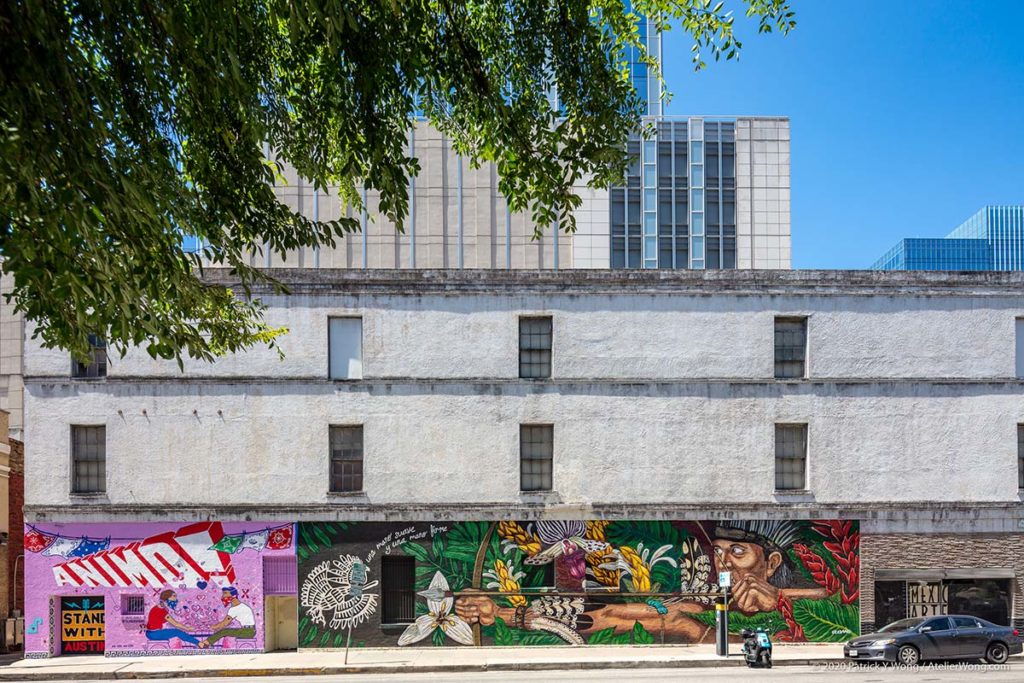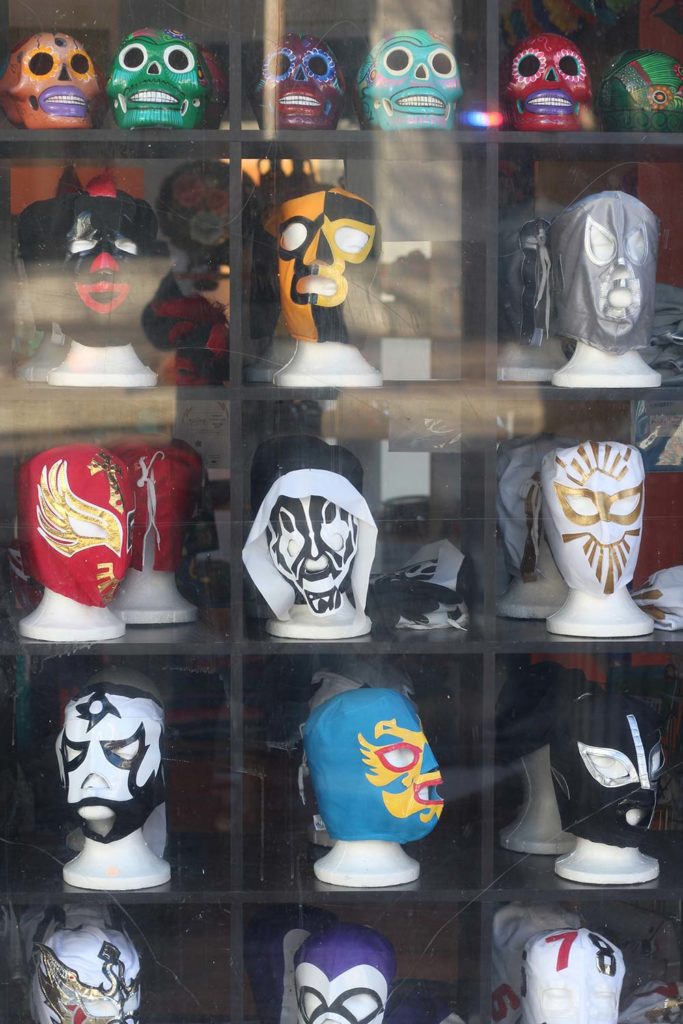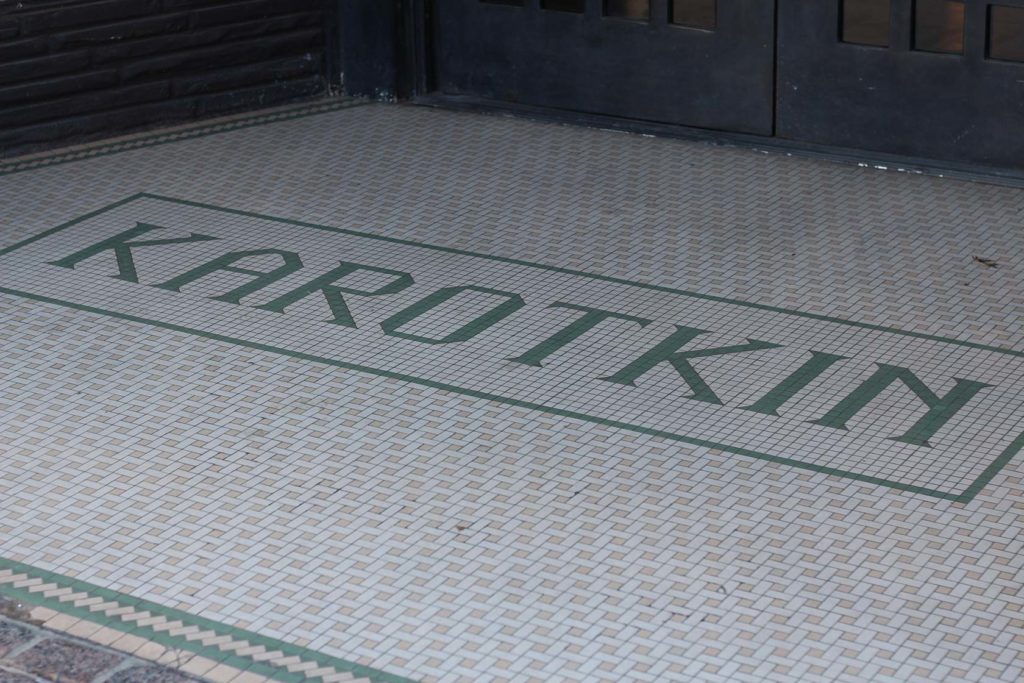- Built:
- 1910
- Style:
- Early Commercial
Description
The Mexic-Arte Museum is a well-curated collection housed in a three-story brick building, with large storefront windows at ground level. The museum is one of the only institutions dedicated to Mexican art in the United States, and presents works by established and emerging artists from the U.S., Mexico, and Latin America. A bond approved in 2018 will ensure a major facelift to the structure in coming years.
Placemaking
The Mexic-Arte Museum exemplifies the important role that places play as crossroads for different cultures and communities. Since its founding in 1984, the museum has dedicated its mission to “the collection, preservation and presentation of traditional and contemporary Mexican, Latino, and Latin American art and culture to promote dialogue and develop understanding for visitors of all ages.”
In the late 1800s and early 1900s, downtown Austin was home to thriving Mexican and Tejano communities, with nearby Republic Square (then called “Guadalupe Park”) anchoring a neighborhood nicknamed “Austin’s Mexico” that stretched from Congress Avenue to Shoal Creek and from the Colorado River to West 7th Street. Mexican American-owned businesses like the Chili Factory and Garza’s Market lined Fifth Street, while families in the neighborhood made tamales and Mexican candies to sell along Congress Avenue. However, the minority communities struggled with inadequate housing, poor sanitation, lack of city services, and racial prejudice. The downtown Mexican community eventually relocated to East Austin, largely as a result of the 1928 City Plan that segregated minorities by limiting where they could access public services. The construction of Interstate 35 in the 1960s further fragmented the community.
Today, despite the fact that over 40% of Austin’s population is Hispanic, the lack of affordable housing in central Austin has resulted in the continuing suburban exodus of a community that once flourished downtown. The Mexic-Arte Museum has sought to reverse this trend by establishing the Fifth Street Mexican-American Heritage Corridor, which stretches from Republic Square in the west to Saltillo Plaza in the east, with the museum anchoring the two points on Congress. The Mexic-Arte Museum already offers a wealth of information about Austin’s Mexican and Tejano communities, and the importance of its role in the community stands to increase as this Corridor develops.
You don’t even have to step inside the museum to see how its presence bolsters the community (although we recommend that you do). Just take a look at El Mero Muro (“the mural wall”) that faces Fifth Street. For years, the wall has featured a rotating roster of local, national, and international artists. Their paintings incorporate bilingual and bicultural messages and imagery that reflect the museum’s mission to provide a place for everyone. Another minor work of art may be spotted below the gallery’s entrance: the enigmatic tile mosaic is a remnant from when this location was home to Karotkin Furniture Company for several decades. – Bud Franck
Bud Franck; Atelier Wong Photography; Austin American-Statesman
